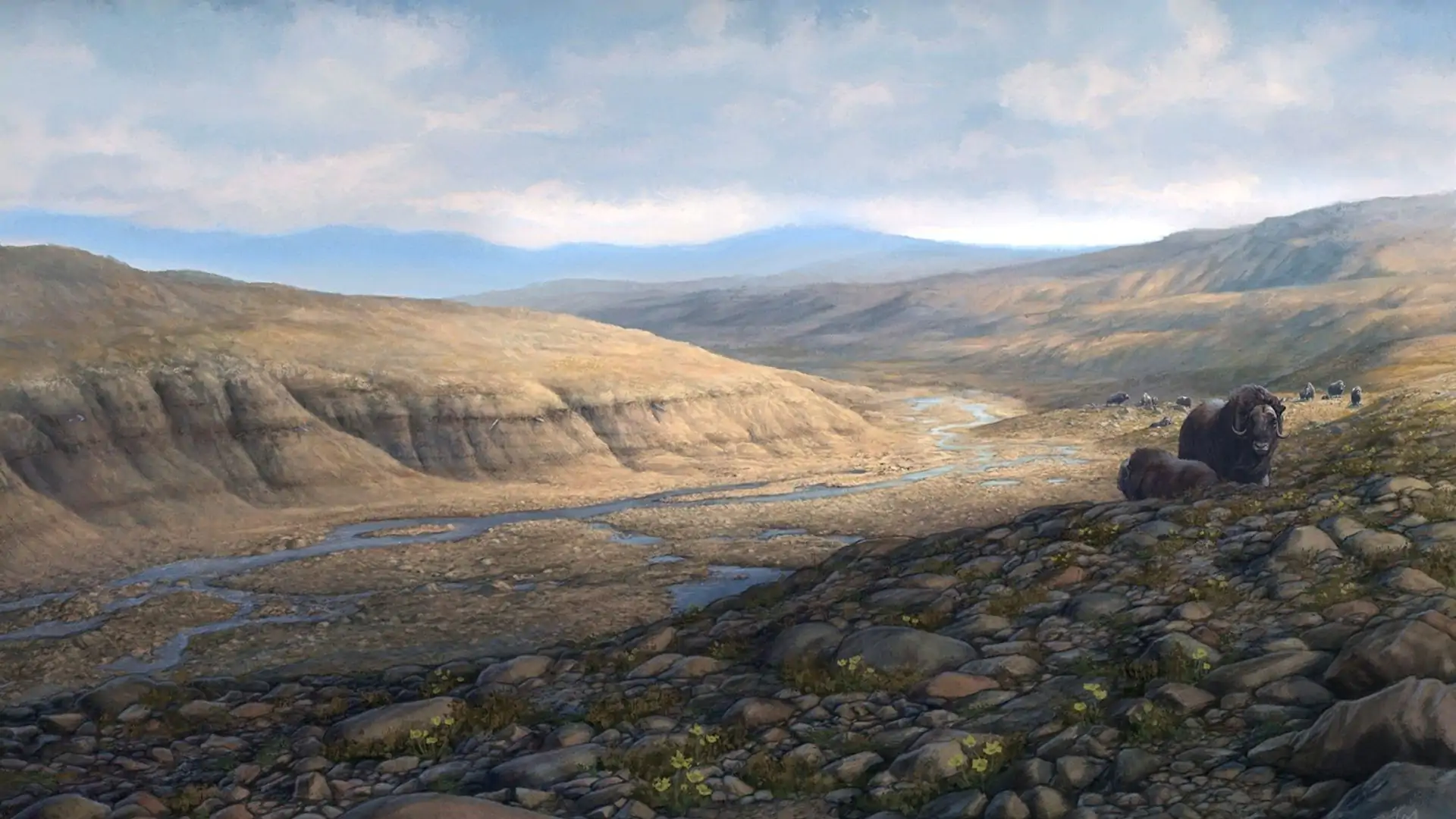The discovery of two-million-year-old DNA has changed all the history that has been recorded so far. It revealed that we should go back one million years to understand Earth's environment.
Led by St. John College and the University of Cambridge, the microscopic fragments of environmental DNA were found in Ice Age sediment in the northern part of Greenland. By using the latest technology in its field, the study found that the fragments are one million older than a Siberian mammoth bone, which was thought to be the Earth's oldest.
The results of the 41 usable samples were found hidden in clay and quartz. Researchers also underlined the ecosystem that has survived two million years of intense climatic change has been mapped using ancient DNA. They also hope to find out the long-term environmental toll of today's global warming with this discovery.

Beth Zaiken
"A new chapter spanning one million extra years of history has finally been opened, and for the first time, we can look directly at the DNA of a past ecosystem that far back in time," said Prof. Eske Willerslev, co-author of the study.
"DNA can degrade quickly, but we've shown that under the right circumstances, we can now go back further in time than anyone could have dared imagine."
"The ancient DNA samples were found buried deep in sediment that had built up over 20,000 years. The sediment was eventually preserved in ice or permafrost and, crucially, not disturbed by humans for two million years," added Prof. Kurt H. Kj?r.
The samples were taken from the Kobenhavn Formation
As stated in the release, the incomplete samples, which were only a few millionths of a millimeter long, were extracted from the Kobenhavn Formation, an Arctic Ocean sedimentary deposit almost 100 meters thick that is located in the northernmost tip of Greenland at the mouth of a fjord. Greenland's climate during the period ranged from being Arctic to temperate and was 10–17°C warmer than it is now. In a little bay, the material accumulated one meter at a time.
Reindeer, hares, lemmings, birch, and poplar trees, as well as other animals, plants, and microbes, were found to have left fossils. Even the extinct Mastodon, an Ice Age mammal, was discovered to have wandered as far as Greenland. From their known origins in North and Central America, it was formerly believed that the elephant-like animals' range did not reach as far as Greenland.
40 researchers worked together
It was a laborious process since they first had to determine whether DNA was concealed in the clay and quartz and, if so, whether they could successfully separate the DNA from the silt to analyze it. Finally, the answer was affirmative. 40 researchers from Denmark, the UK, France, Sweden, Norway, the USA, and Germany worked together in this study.
Each and every DNA fragment was compared with huge libraries of DNA that had been gathered from living animals, plants, and microbes. The DNA of trees, shrubs, birds, animals, and microorganisms started to take shape.
"The Kap Kobenhavn ecosystem, which has no present-day equivalent, existed at considerably higher temperatures than we have today – and because, on the face of it, the climate seems to have been similar to the climate we expect on our planet in the future due to global warming," explained Assistant Professor Mikkel W. Pedersen, co-first author on the paper and also based at the Lundbeck Foundation GeoGenetics Centre.
"One of the key factors here is to what degree species will be able to adapt to the change in conditions arising from a significant increase in temperature. The data suggests that more species can evolve and adapt to wildly varying temperatures than previously thought. But, crucially, these results show they need time to do this. The speed of today's global warming means organisms and species do not have that time so the climate emergency remains a huge threat to biodiversity and the world – extinction is on the horizon for some species, including plants and trees."
It is now believed that some of the two million-year-old plant DNA's "tricks" may be exploited to help make some endangered species more resistant to a warming climate.
The results of the study were published today in Nature.




